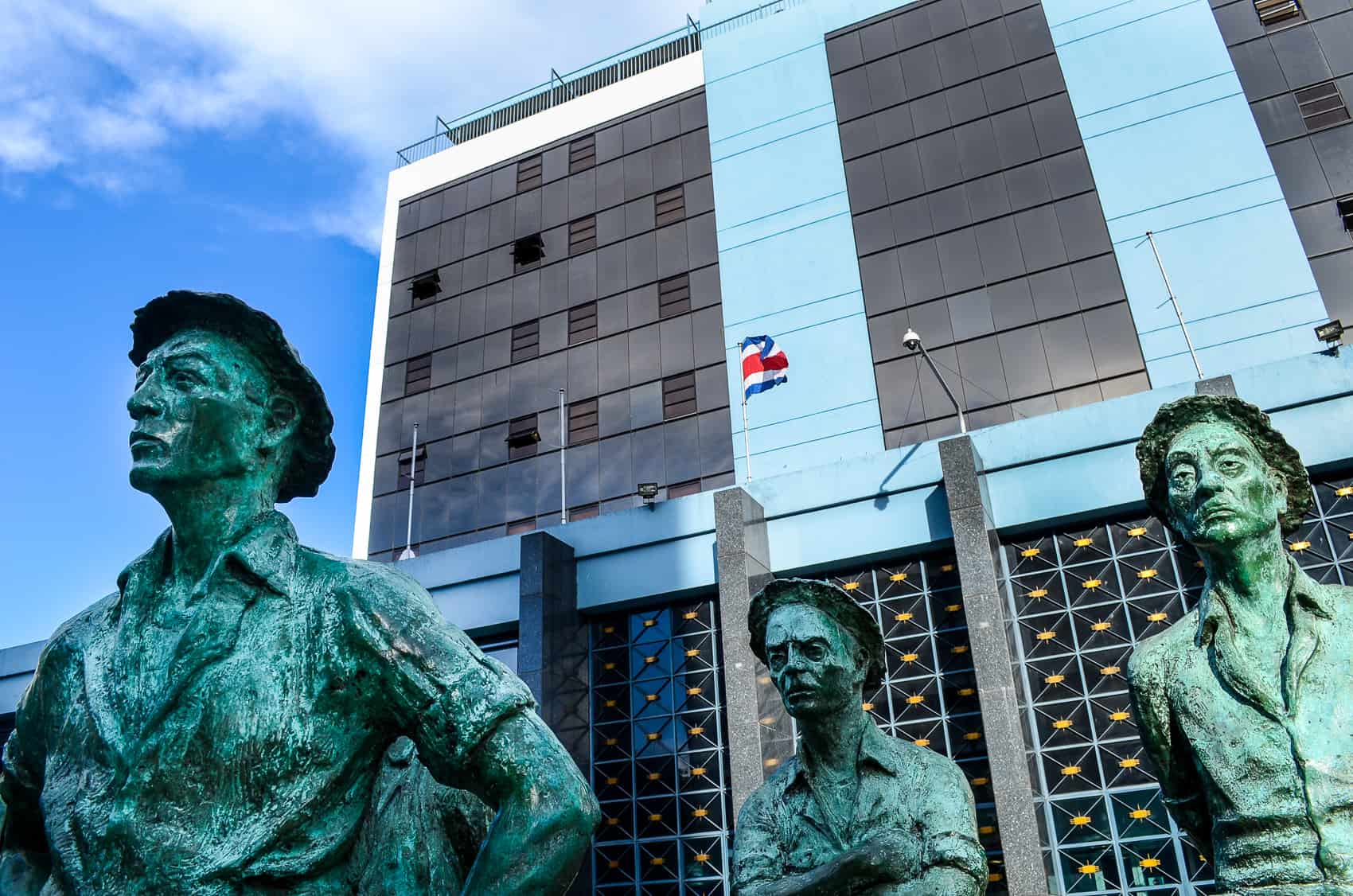President Luis Guillermo Solís has been pummeled by opponents over his handling of the economy since he took office last year, but he tried to parry those attacks this week with the announcement of a new economic plan.
Casa Presidencial presented the plan Monday with a proposal to lower interest rates by 2 percent and increase GDP growth to 4 percent by the end of next year. The plan also includes infrastructure spending, financial assistance to small and medium-sized businesses and plans to cut red tape for businesses and investors, among other measures.
The government said the plan will push GDP growth to 4 percent by the end of 2016 compared to the 2 percent projected for 2015, and reduce unemployment from 9.5 percent currently to 8.5 percent.
Central Bank President Olivier Castro said that the BCCR’s efforts to increase liquidity would allow for interest rates to fall 2 percent, thanks in part to a zero percent inflation rate over the last two months. Low inflation rates are forecast for the coming year, and Casa Presidencial said that improved foreign investment this year and a stable exchange rate would also bolster the government’s plan to encourage economic growth and new jobs.
“A reduction in interest rates would be a relief for those with debts to the banks and a stimulus for investment in our economy,” said Presidency Minister Sergio Alfaro during a news conference Monday.
Alfaro said the government would invest $650 million in public works projects, including highways, bridges and schools.
Other planned spending increases include more credit for small and mid-sized businesses through the country’s development bank — from a total of $185 million available currently to $370 million in 2016.
The plan also would speed up approvals for environmental and health permissions needed to break ground on new construction projects and open businesses.
The Solís administration listed several other measures to encourage economic growth, including a new cargo ferry that will start operating in January 2016 between the Pacific port of Caldera and El Salvador, reducing the travel time from three days to 20 hours.
Business sector receptive
The business sector appears to have welcomed the news. The Union of Private Sector Chambers and Associations, which has been typically recalcitrant toward the Solís administration, welcomed the administration’s plan and said it would further study the proposal.
The banking sector was less enthusiactic. The Costa Rican Banking Association said in a statement Monday that it welcomed the attempt to improve the economy but “according to the plan banking institutions are supposed to increase credit, especially housing credit, which without a doubt would make loans more expensive and limit access, provoking a credit crunch,” the association’s executive director, María Isabel Cortés, said.
The Central Bank cannot unilaterally set interest rates in Costa Rica but it can indirectly affect the rates through increased liquidity.
Former Central Bank President Eduardo Lizano told The Tico Times that he was doubtful the plan would yield results for the government. “I don’t think so. Many of the things the president mentioned they are already doing. They’re not new,” he said.
As an example, Lizano noted that two of the plan’s pillars are already in progress: the development bank and a $35 million convention center in Barreal de Heredia that the government said will increase tourism here by 4 percent.
University of Costa Rica economist Rudolf Lucke was more open to the plan’s potential for jump-starting the economy. Lucke said it was a good time to try the “unorthodox” plan because inflation is low, the Central Bank has enough U.S. dollars on hand to defend the exchange rate and the government could cover its costs by issuing bonds to the domestic market.
On Tuesday, the Finance Ministry announced that it auctioned off ₡71.8 billion ($135 million) in securities at a discounted interest rate.
Lucke said the proposed drop in interest rates was an interesting move. Dropping current interest rates from 6.5 percent to 4.5 percent would push them down to some of the lowest levels since the 1970s, Locke said. The last time interest rates were below 4.5 percent was in 2008, he added.
Both economists agreed that the proposed rate drop was good news for businesses and consumers looking to make investments or buy a home.
Still, Lucke said, “These are short term measures to achieve a stable economy while the government deals with the fiscal deficit.”
AFP contributed to this report.






